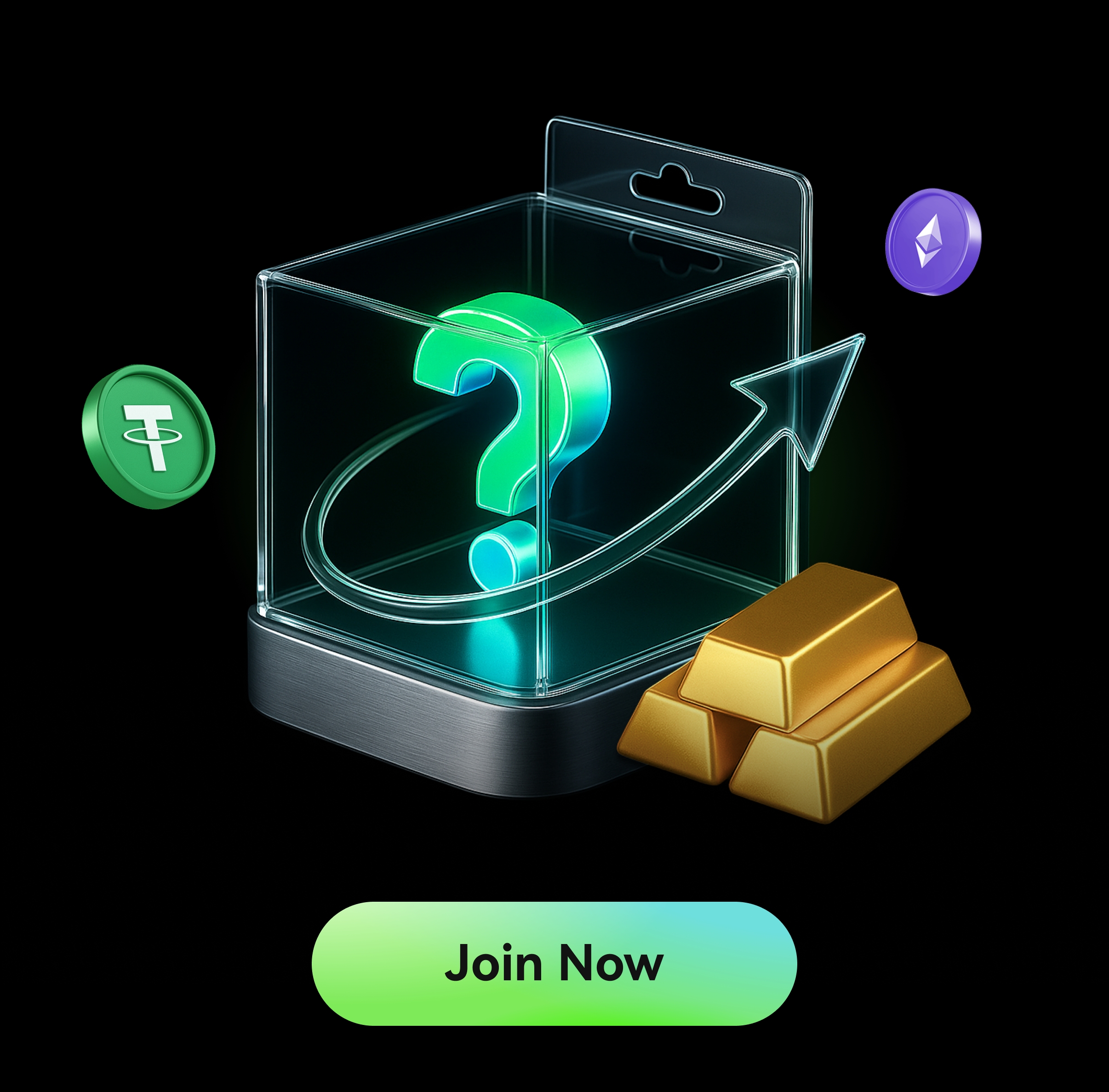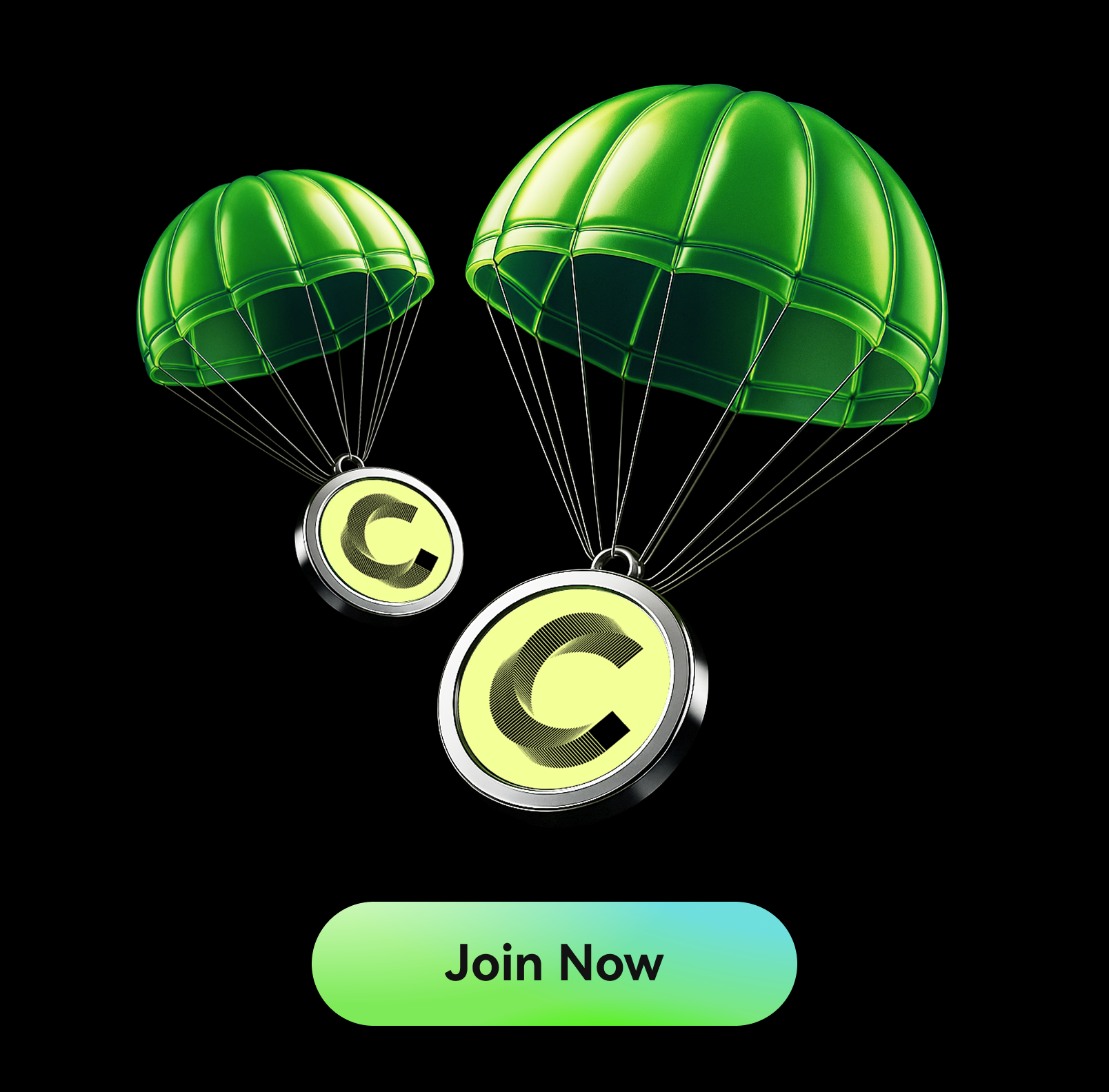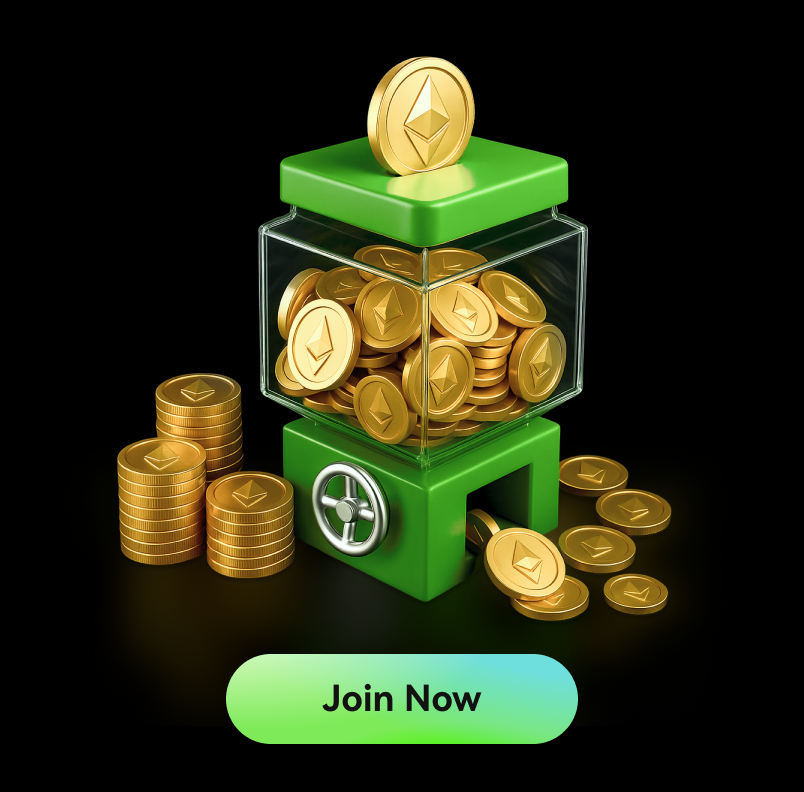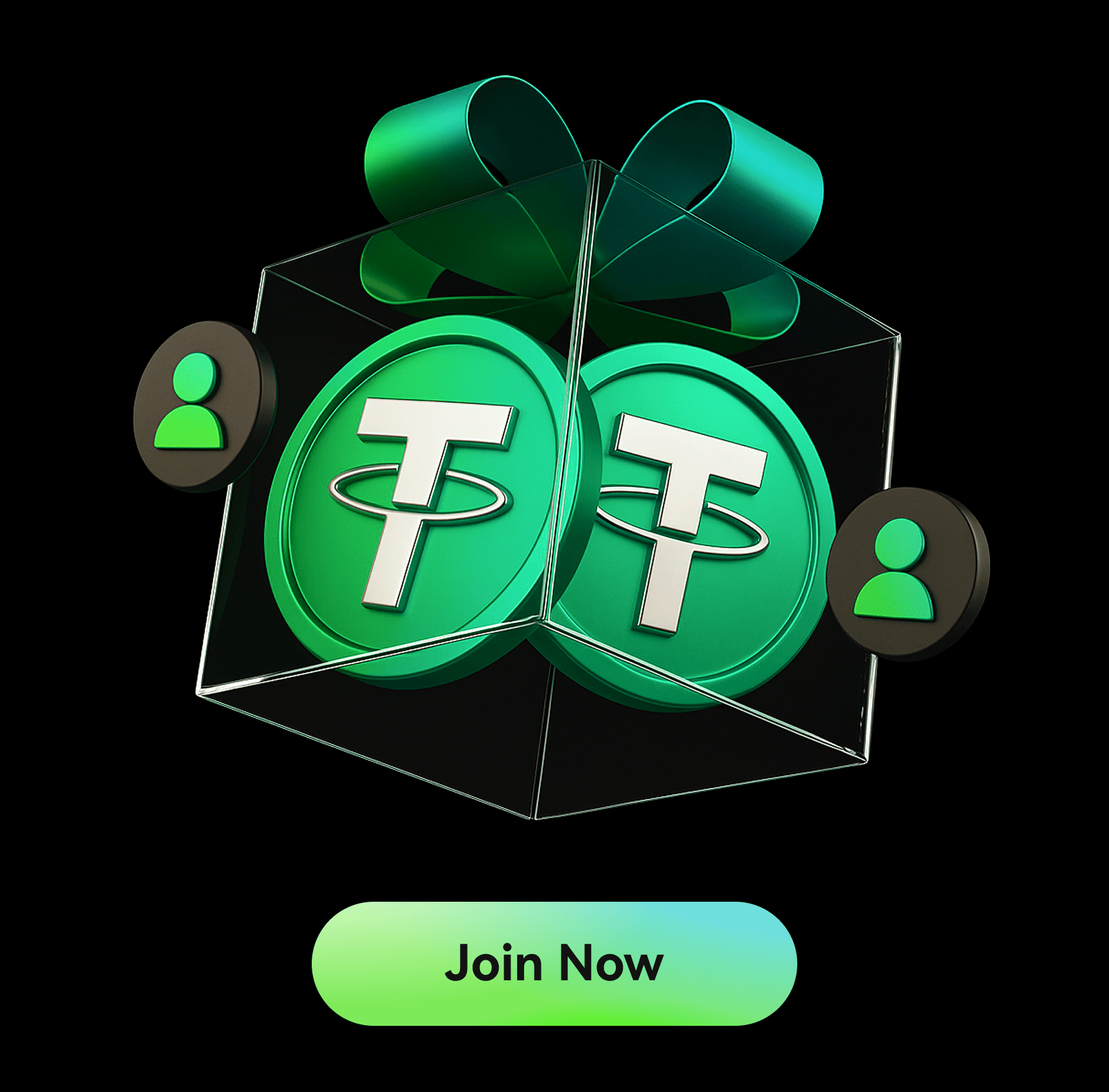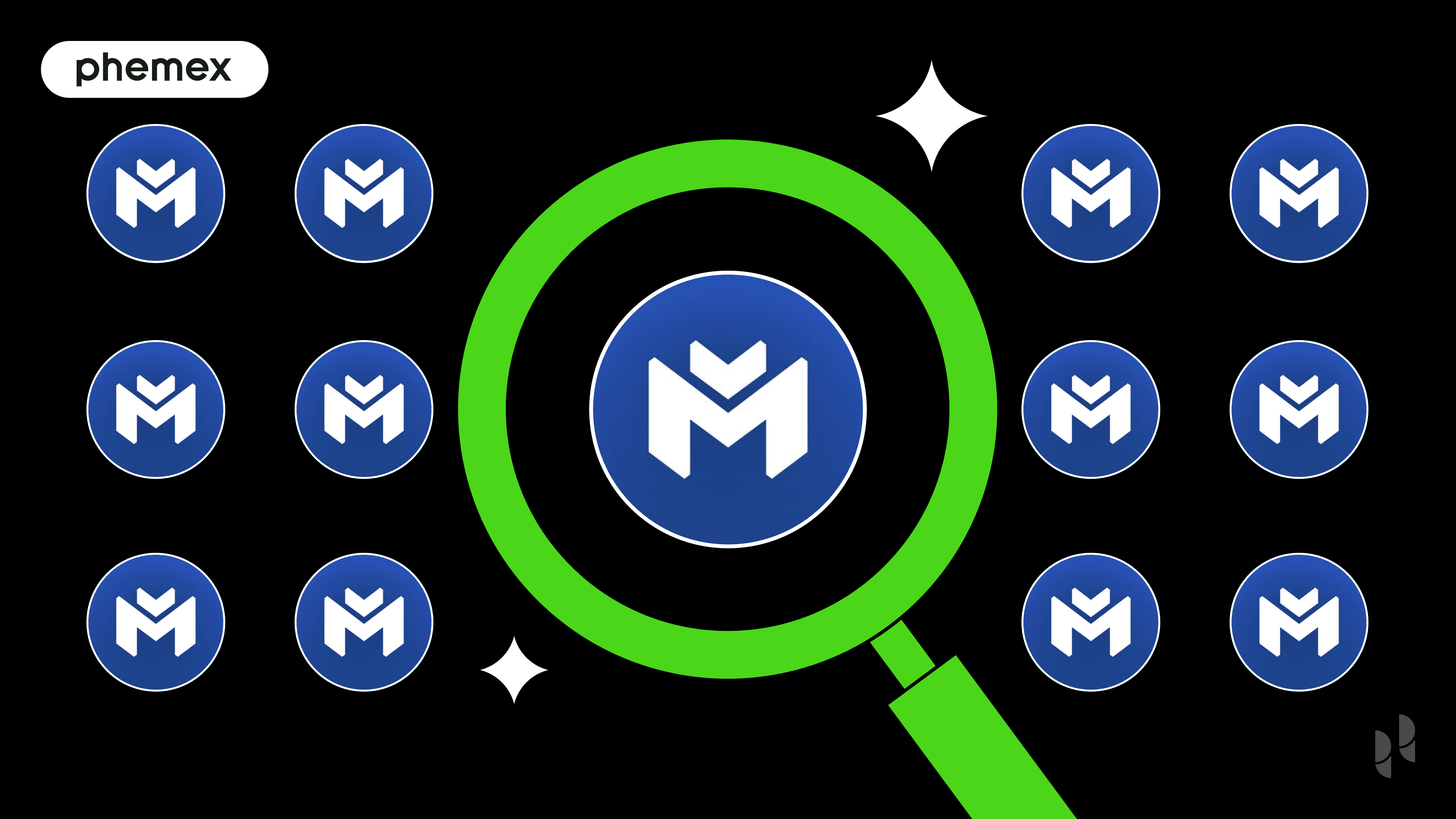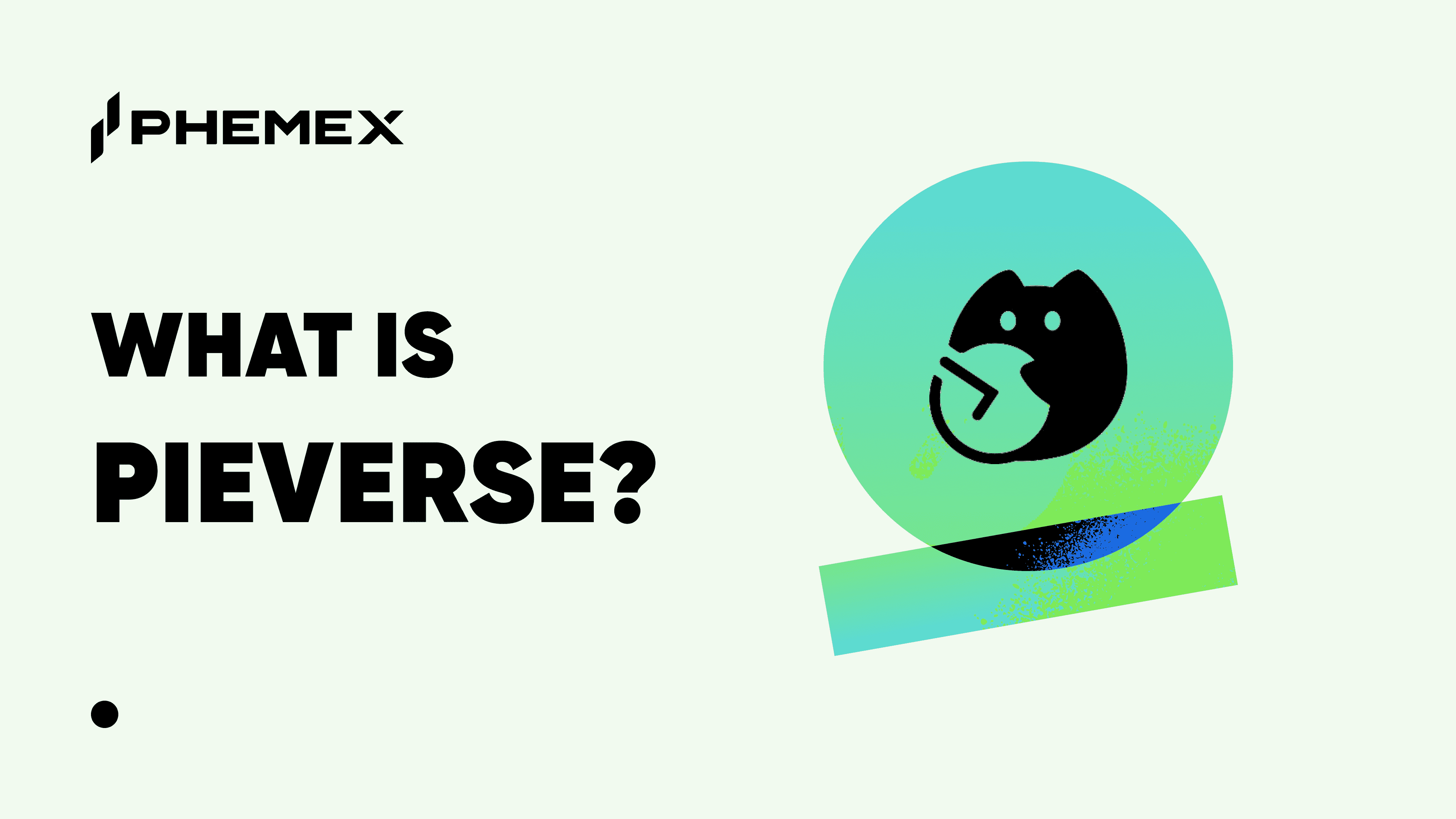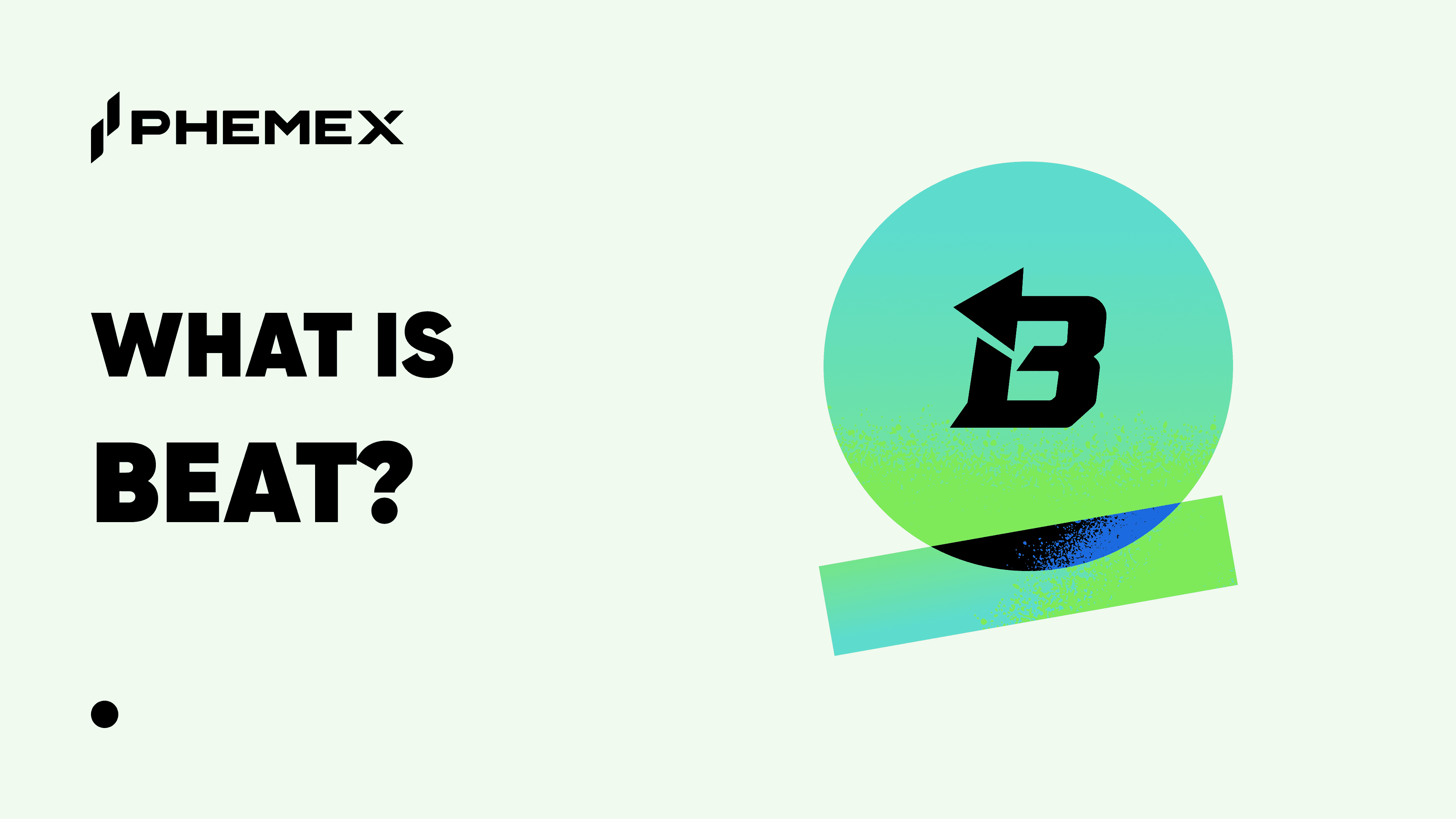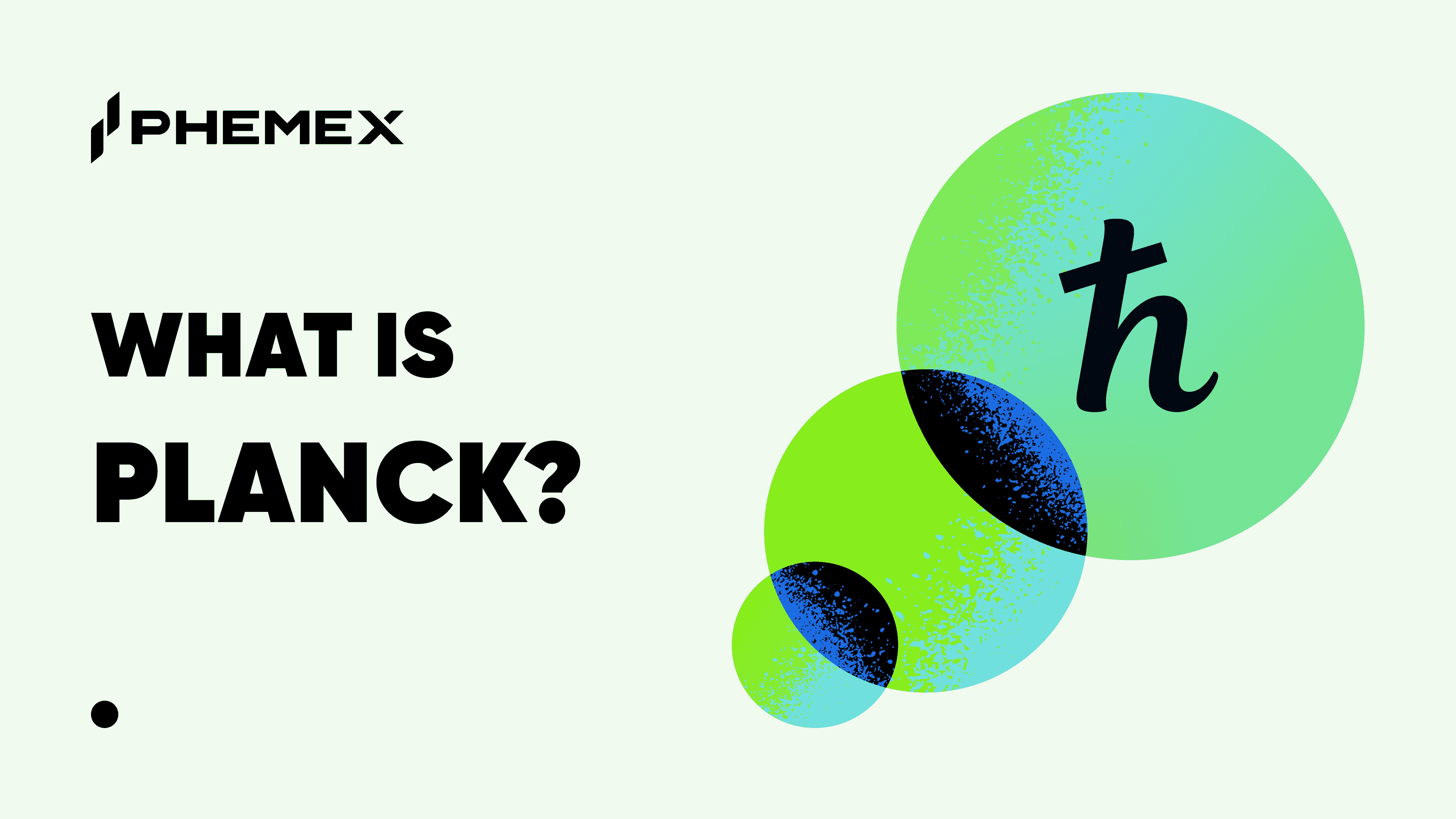In the ever-evolving landscape of blockchain technology, a new frontier is rapidly expanding: Web3 gaming. Among the most promising titles leading this charge is Heroes of Mavia, a AAA-quality mobile base-builder strategy game. At the heart of its player-owned economy is the MAVIA token, an asset designed to bridge the gap between traditional mobile gaming and the decentralized future.
This guide offers a comprehensive look into the world of Mavia. We will provide a complete MAVIA explanation, exploring its intricate ecosystem, its core technology, and what distinguishes it in a crowded market. Whether you're a seasoned crypto trader or a curious gamer, this article will equip you with the knowledge to understand its potential and show you how to trade it on Phemex.
Summary Box (Quick Facts)
-
Ticker Symbol: MAVIA
-
Chain: Ethereum (with a bridge to BNB Chain)
-
Contract Address: 0x24fcfc492c1393274b6bcd568ac9e225bec93584
-
Circulating Supply: ~36.7 Million MAVIA (Note: this value changes)
-
Total Supply: 250,000,000 MAVIA
-
Primary Use Case: Governance, in-game rewards, and skill-based gaming currency.
-
Current Market Cap: Varies (please check a real-time source for the latest data).
What Is MAVIA?
Heroes of Mavia is a free-to-play, online multiplayer strategy game set on the fantasy-themed island of "Mavia." Players take on the role of a base commander, tasked with building and defending their territory while training a formidable army to attack opponents. The core gameplay loop involves strategically managing resources—Gold, Oil, and Sapphire—to upgrade defenses, troops, and the central Headquarters.
What separates Heroes of Mavia from traditional mobile games is its deep integration with Web3 technology. The game introduces a "Mass Ownership" model powered by its premium earn-only currency, Ruby. Through skillful gameplay—such as successfully attacking enemy bases or defending their own—players can earn Ruby. This currency is then used within the game to craft, upgrade, and trade "Legendary Items," which are unique, on-chain Non-Fungible Tokens (NFTs). These NFTs, which include hero skins, statue decorations, and land plots, are not just cosmetic; they represent true digital ownership and can be traded for real-world value.
The MAVIA token is the cornerstone of this entire ecosystem. It functions as the official governance token, granting holders the power to influence the game's future development through a decentralized autonomous organization (DAO). By combining proven, engaging strategy gameplay with robust, player-centric crypto dynamics, Heroes of Mavia aims to onboard millions of Web2 gamers into the world of Web3.
How Many MAVIA Are There?
The tokenomics of MAVIA have been meticulously designed to foster long-term, stable growth for the game and its community. Understanding the token supply is crucial for assessing its economic model.
-
Max vs. Circulating Supply: The total supply of MAVIA is hard-capped at 250 million tokens, meaning no more will ever be created. The circulating supply is the number of tokens currently active in the market, which is released gradually over time. This controlled release is managed through structured vesting schedules for different stakeholders.
-
Inflationary or Deflationary: With a fixed maximum supply, the MAVIA token is not inflationary. Its value is designed to be driven by the utility and demand within the Mavia ecosystem.
-
Token Allocation and Vesting: The allocation strategy reflects a long-term vision:
-
Community & Ecosystem (44%): The largest portion is dedicated to fostering a vibrant community, with a 6-year linear vesting schedule.
-
Team (22%): Reserved for the development team at Skrice Studios, with a 6-month cliff followed by a 6-year linear vest, ensuring long-term commitment.
-
Pre-Sale (15%): For early backers, vested linearly over 4 years.
-
Gameplay Rewards (10%): Set aside to incentivize players, also on a 6-year vesting schedule.
-
Advisors (3%): Vested over 6 years after a 6-month cliff.
-
Airdrop (3.5%) & Launch Partners (2.5%): Fully unlocked at launch to bootstrap initial liquidity and community engagement.
-
This structure is intentionally designed to prevent large-scale token dumps and align the incentives of the team, investors, and players toward the project's enduring success.
What Does MAVIA Do?
The MAVIA ecosystem is powered by a unique three-currency system—MAVIA, Ruby, and Sapphire—each with a distinct function. This separation is key to its compliance with app store policies and its user-friendly design.
The MAVIA Use Case
MAVIA is the ecosystem's core governance and high-utility token. It is not used as a day-to-day in-game resource. Its primary functions are:
-
Governance: MAVIA holders can participate in the Mavia DAO. They can create and vote on proposals that affect everything from ecosystem rules and fees to specific gameplay mechanics, giving the community direct control over the game's evolution.
-
Skill-Based Gaming: MAVIA is the exclusive currency for "Mavia Arena," a competitive, winner-takes-all game mode. In these wagered matches, players compete head-to-head for real money, a model that is fully compliant with Apple and Google Play store rules. Players can even acquire MAVIA in-app for this purpose, seamlessly onboarding them into the ecosystem.
The Role of Ruby
Ruby is the primary in-game reward currency. It is earned, not bought, and powers the "Mass Ownership" NFT model.
-
Earning Ruby: Players earn Ruby through various in-game achievements, including:
-
Winning attacks on enemy bases.
-
Successfully defending their own base.
-
Removing random obstacles that appear on their land.
-
Completing daily challenges.
-
Partnering their Land NFT with other players.
-
-
Using Ruby: Ruby is the lifeblood of the in-game economy and is used to:
-
Craft new Legendary Items (NFTs).
-
Trade NFTs in the in-game Ruby Marketplace.
-
Upgrade existing NFTs.
-
Pay entry fees for Ruby-based tournaments.
-
The Utility of Sapphire
Sapphire is a premium, non-crypto in-game currency. It is acquired via standard in-app purchases and is used to enhance the gameplay experience. Its uses include speeding up construction timers, training troops instantly, purchasing missing resources, and paying small fees for trades in the Ruby Marketplace.
MAVIA vs. PIXL
While both MAVIA and PIXL are gaming-related tokens, they represent different strategies for building a Web3 ecosystem. MAVIA powers a single, AAA-quality mobile game, whereas PIXL is the utility token for the broader Sappy Seals NFT community and its upcoming metaverse, The Pixlverse.
Here is a breakdown of their key differences:
| Feature | MAVIA (Heroes of Mavia) | PIXL (Sappy Seals) |
| Primary Ecosystem | A single, standalone AAA mobile strategy game: Heroes of Mavia. | The entire Sappy Seals NFT ecosystem, centered around its community and the upcoming Pixlverse metaverse. |
| Core Use Case | Governance for the Mavia DAO and the exclusive currency for skill-based wagered matches in the "Mavia Arena." | The primary utility and transactional token for The Pixlverse, used for in-game purchases, assets, and activities. |
| Blockchain Technology | An ERC-20 token on Ethereum, with a bridge to the BNB Chain for lower fees and better accessibility. | An ERC-20 token built on Arbitrum, an Ethereum Layer-2 scaling solution, prioritizing low transaction costs and high speed. |
| Target Audience | Primarily focused on onboarding traditional (Web2) mobile gamers to Web3 through a polished, free-to-play experience. | Primarily serves the existing Sappy Seals NFT community and Web3 natives interested in community-driven metaverse projects. |
| Economic Model | Features a complex, three-currency system (MAVIA, Ruby, Sapphire) to balance the Web3 economy with app store compliance. | Utilizes a single primary token (PIXL) to power its entire on-chain ecosystem. |
In summary, MAVIA is the engine for a specific, highly-polished gaming product designed for mass adoption, while PIXL is the foundational currency for a community-first, decentralized metaverse world.
The Technology Behind MAVIA
Heroes of Mavia stands out due to its sophisticated technical foundation, which is designed to deliver a AAA gaming experience while seamlessly onboarding Web2 users to Web3.
-
The Ruby Marketplace: A cornerstone of the Mavia ecosystem is its in-game NFT marketplace. This platform is designed to be frictionless for all users, especially those new to crypto. Key features include:
-
Gas-Free Trading: The project covers the gas fees for all trades, removing a major barrier to entry for new users.
-
Built-in Wallets: Every player automatically receives a built-in wallet, simplifying the process of minting and trading their first NFT.
-
Full On-Chain Integration: Despite the seamless user experience, all trades are recorded on the blockchain, ensuring transparency and true ownership.
-
-
Mobile-First Accessibility: Unlike many Web3 games that are limited to desktop browsers, Heroes of Mavia is available on the Apple App Store and Google Play Store. This mobile-first approach allows it to tap into the massive global market of mobile gamers, using traditional marketing channels like TikTok, Instagram, and Facebook to drive mass adoption.
-
Cutting-Edge Features: The development team is committed to continuous innovation, with features such as:
-
Telegram Game Notifications: Players can sync their accounts to a bot for real-time updates.
-
Permanent Battle Replays: A "blockchain of battles" allows anyone to view past encounters.
-
Public API: This will enable third-party developers to build tools and applications on top of the Mavia ecosystem.
-
Team & Origins
Heroes of Mavia is developed by Skrice Studios, a Vietnam-based game development company focused on creating AAA-quality Web3 experiences. The project has garnered significant support due to its polished gameplay and strategic vision. The team's long-term commitment is reflected in the tokenomics, with extended vesting schedules for both team members and advisors, ensuring all stakeholders are invested in the game's future success. This dedication has fostered a passionate, organic community that actively contributes to the game's culture through fan art and engagement.
Key News & Events
Staying updated on project developments is crucial. For the latest news about MAVIA, traders and players should watch for official announcements.
-
Exchange Listings: MAVIA's listing on prominent exchanges like Phemex has significantly increased its liquidity and accessibility to a global audience of traders.
-
BNB Chain Integration: The decision to bridge the MAVIA token to the BNB Chain was a pivotal move to reduce transaction costs and improve scalability, making the ecosystem more welcoming for new players.
-
Token Airdrop: The initial airdrop was a major event that distributed tokens to early supporters and land NFT holders, bootstrapping the community and decentralizing the token supply from day one.
Is MAVIA a Good Investment?
Evaluating the MAVIA investment potential requires a balanced look at its strengths and risks. The MAVIA price is influenced by numerous factors, from in-game adoption to broader market trends.
Potential Strengths:
-
Mass Market Appeal: As a free-to-play mobile game with high production quality, it is well-positioned to attract millions of traditional gamers, a massive untapped market for Web3.
-
Sustainable Tokenomics: The thoughtful token allocation and long vesting periods are designed for stability and long-term growth, mitigating the risk of early sell-offs.
-
Innovative Onboarding: The gas-less, user-friendly NFT marketplace removes major friction points, making it one of the easiest entry points into Web3 for non-crypto natives.
-
Multiple Utility Streams: The MAVIA token's dual role in governance and skill-based gaming provides it with clear, intrinsic value within the ecosystem.
Potential Risks:
-
Competition: The Web3 and mobile gaming markets are highly competitive. Mavia must continuously innovate to retain its player base.
-
Execution Risk: The project's success is heavily dependent on the development team's ability to deliver on its ambitious roadmap.
-
Market Volatility: Like all cryptocurrencies, MAVIA is subject to the high volatility of the broader crypto market.
-
Regulatory Uncertainty: The play-to-earn gaming sector is still new, and future regulations could impact its business model.
Conclusion:
Heroes of Mavia represents a significant step forward in the evolution of Web3 gaming. Its focus on quality gameplay, sustainable economics, and seamless user onboarding positions it as a project with substantial long-term potential.
Disclaimer: This is not financial advice. The cryptocurrency market is inherently volatile. Always conduct your own research and only invest what you can afford to lose.
How to Buy MAVIA on Phemex
Ready to add MAVIA to your portfolio? Phemex makes the process simple and secure. For users looking for a clear walkthrough, we have prepared a dedicated guide on How to Buy MAVIA. This step-by-step page covers everything you need to know to get started with confidence.
To begin, visit our complete guide. You can also head directly to the spot market and Trade MAVIA on Phemex today.
FAQs
1. What is the difference between MAVIA and Ruby in the game?
MAVIA is the governance and skill-based gaming token of the entire ecosystem, tradable on exchanges like Phemex. Ruby is a non-crypto, in-game reward currency earned exclusively through playing the game. It is used to craft and trade NFTs within the game's marketplace but cannot be directly bought or sold.
2. Do I need to own an NFT to play Heroes of Mavia?
No, the game is free-to-play for everyone. While owning Land NFTs provides enhanced earning potential and other in-game benefits, anyone can download the game and start playing, battling, and earning Ruby without any initial investment.
3. Where can I find the latest news about MAVIA?
To stay informed with the most current news about MAVIA, follow the official Heroes of Mavia social media channels and blog. For trading insights, market analysis, and a deeper understanding of crypto concepts, be sure to explore the extensive resources available at the Phemex Academy.
